Hydroponic farming is a growing trend in Mexico, especially for small-scale farmers. It’s a method of farming that uses water and sunlight to produce crops without the need for soil. Hydroponic farming is seen as a more environmentally friendly way to produce food since it requires less land and water than traditional agriculture.
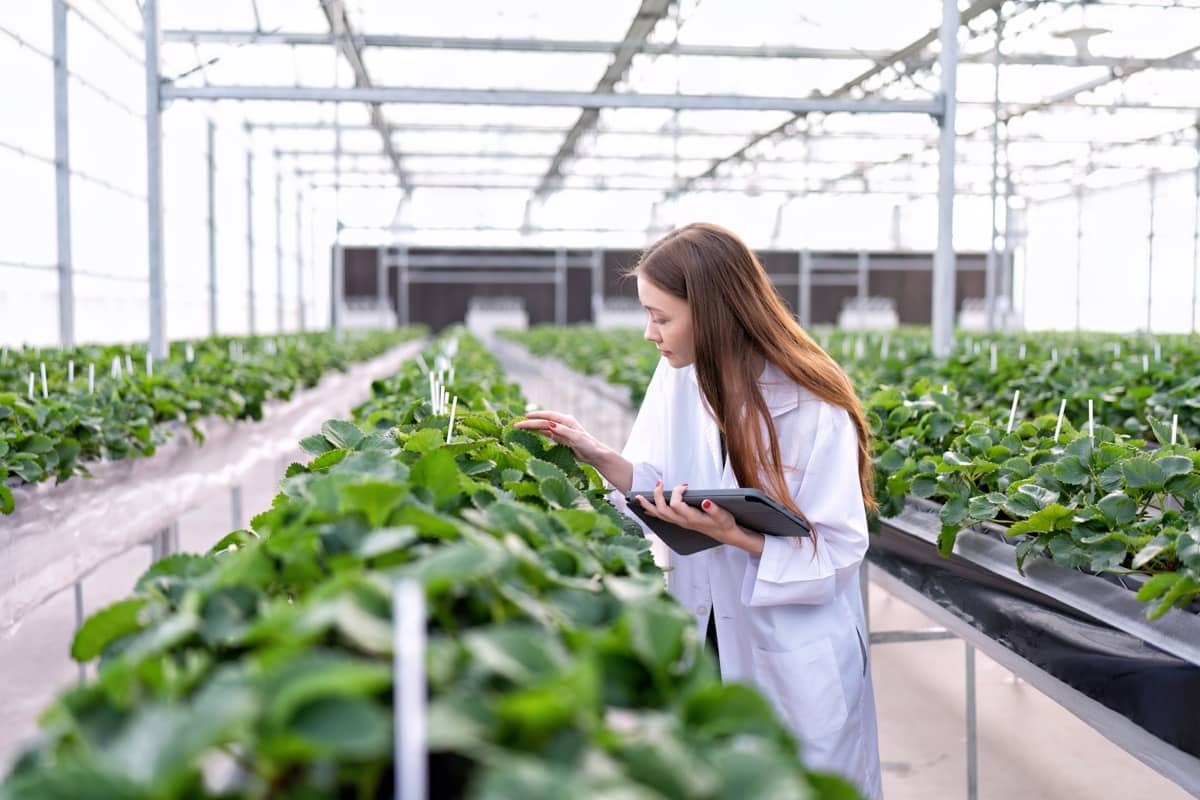
How to start hydroponic farming in Mexico
What is hydroponic farming?
Hydroponic farming is a technique that uses water and nutrients to grow plants without the use of soil. Instead, hydroponic systems use various materials to hold the plants, from gravel and sand to synthetic media. The roots of the plants reach up and into these materials, absorbing moisture and nutrients from the water droplets that fall on them.
Advantages of hydroponic farming in Mexico
- One advantage to hydroponic farming is that it allows farmers to produce food year-round, even during drought or low rainfall. In addition, hydroponic systems are typically more resistant to pests and diseases than traditional farming practices.
- Hydroponic farming is much more efficient than traditional farming. By using artificial lighting and nutrient-rich water, farmers can grow crops without using land or soil. This saves both time and money and reduces pollution caused by runoff from farmland.
- It requires less manpower than traditional cropping methods. This makes it a viable option for small farmers who cannot afford to dedicate large amounts of manpower to their operations.
- It is environmentally friendly. Instead of using land and resources to grow crops, hydroponic farms use water, light, and nutrients to create plants in an enclosed environment. This reduces the need for fertilizer and pesticides, which can contaminate groundwater supplies and harm wildlife.
In case you missed it: How to Build a Hydroponic Unit with PVC Pipes: DIY in Simple Steps
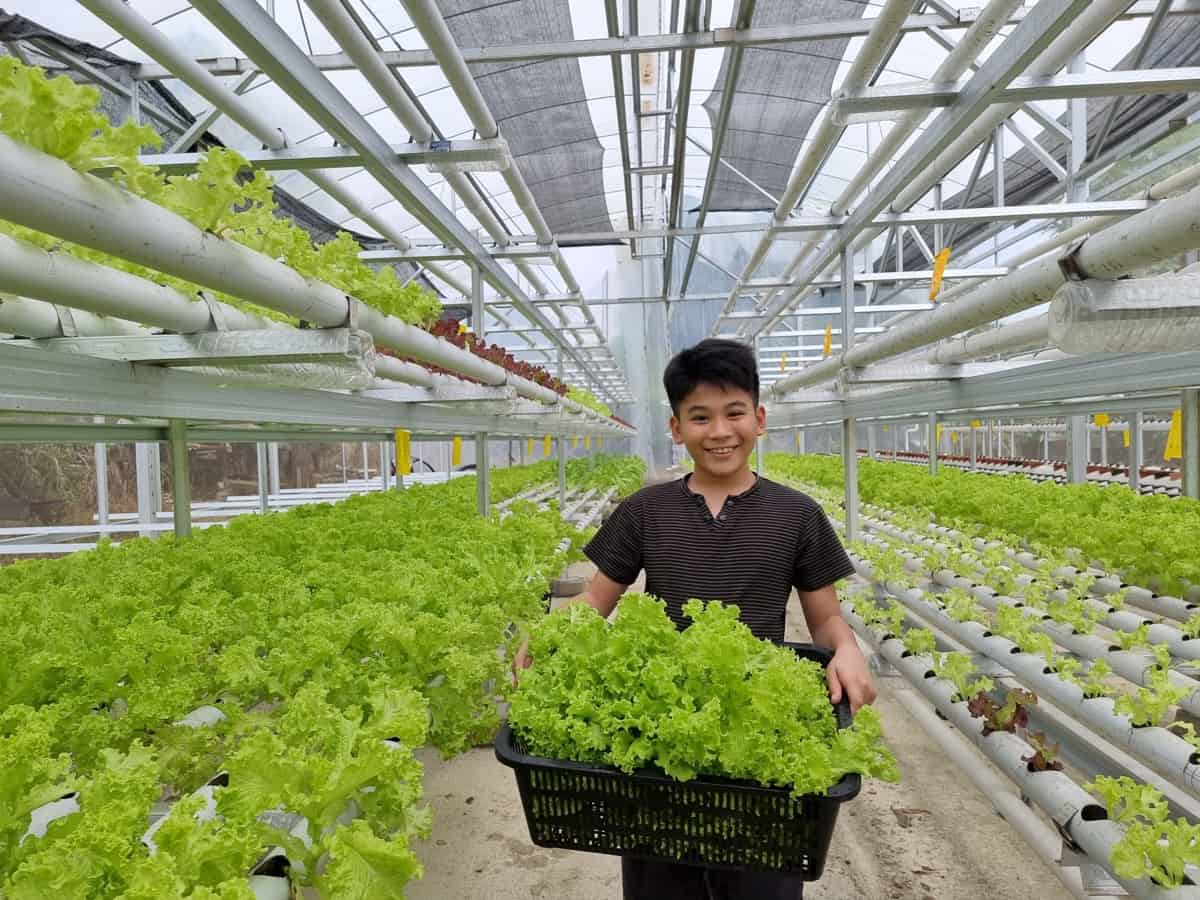
How hydroponic farming works in Mexico?
Mexico is a center of hydroponic farming due to its warm climate, ample sunshine, and plentiful water resources. Hydroponic farming uses only water and sunlight as inputs to produce crops. The plants are grown in containers filled with special soilless media circulated through pipes beneath the soil surface. The media consists of perlite, vermiculite, clay, and other organic materials.
Are hydroponic farms profitable in Mexico?
Hydroponic farming is becoming more popular in Mexico, as the practice is seen as environmentally friendly and efficient.
Commercial hydroponic farming in Mexico
Commercial hydroponic farming has been growing in popularity due to its environmental benefits, such as reduced reliance on water resources and the ability to produce crops without pesticides or other chemicals. Commercial hydroponic farming uses high-density planting techniques that allow plants to grow in water instead of soil. This method is ideal for areas where the soil is scarce or not appropriate for agriculture, and it has been increasingly popular in Mexico due to its environmental benefits.
Hydroponics also helps farmers produce crops without using pesticides or other chemicals, which can harm the environment. A major advantage of commercial hydroponic farming is that it allows farmers to produce crops quickly and with little input costs. As a result, this method is particularly suitable for urban areas where space is at a premium, and many Mexican growers have adopted it because it offers great economic opportunities.
Requirements to start hydroponic farming in Mexico
Supplies required for hydroponic farming
- A container for growing plants
- A water source (lake, river, or canal)
- An irrigation system
- A nutrient source (fertilizers, compost, etc.)
- A timer or controller for the irrigation system
Other requirements
- Freshwater – Most plants prefer a pH level of 6-6.5. You can adjust the water acidity with an over-the-counter solution at your local hardware, garden, or hydroponic store.
- Oxygen –Depending on the hydroponic set-up, you’ll either need to leave space between the plant base and the water reservoir or you’ll need to oxygenate your container (think bubbles in a fish tank), which you can accomplish by buying an air stone.
- Root Support – Even though you don’t need soil, your plant’s roots still need something. Common materials include vermiculite, perlite, peat moss, and rock wool. Stay away from materials that can compact, like sand, or that do not retain moisture (such as gravel).
- Nutrients – Your plant will need plenty of magnesium, phosphorus, calcium, and other essential nutrients to stay healthy, just as plants growing in the ground need healthy soil and compost. When growing plants without soil, this “plant food” should be added to the water you feed your plants. While you can technically make your nutrient solution, buying mixes online and in stores is easy.
- Lighting – If you are growing your plants indoors, you may need to invest in special lighting. Each plant will have different requirements for light quantity and light placement.
In case you missed it: Ways to Use Neem Oil in Plants: Benefits in Agriculture, Application Method in Garden, and Uses in Hydroponics
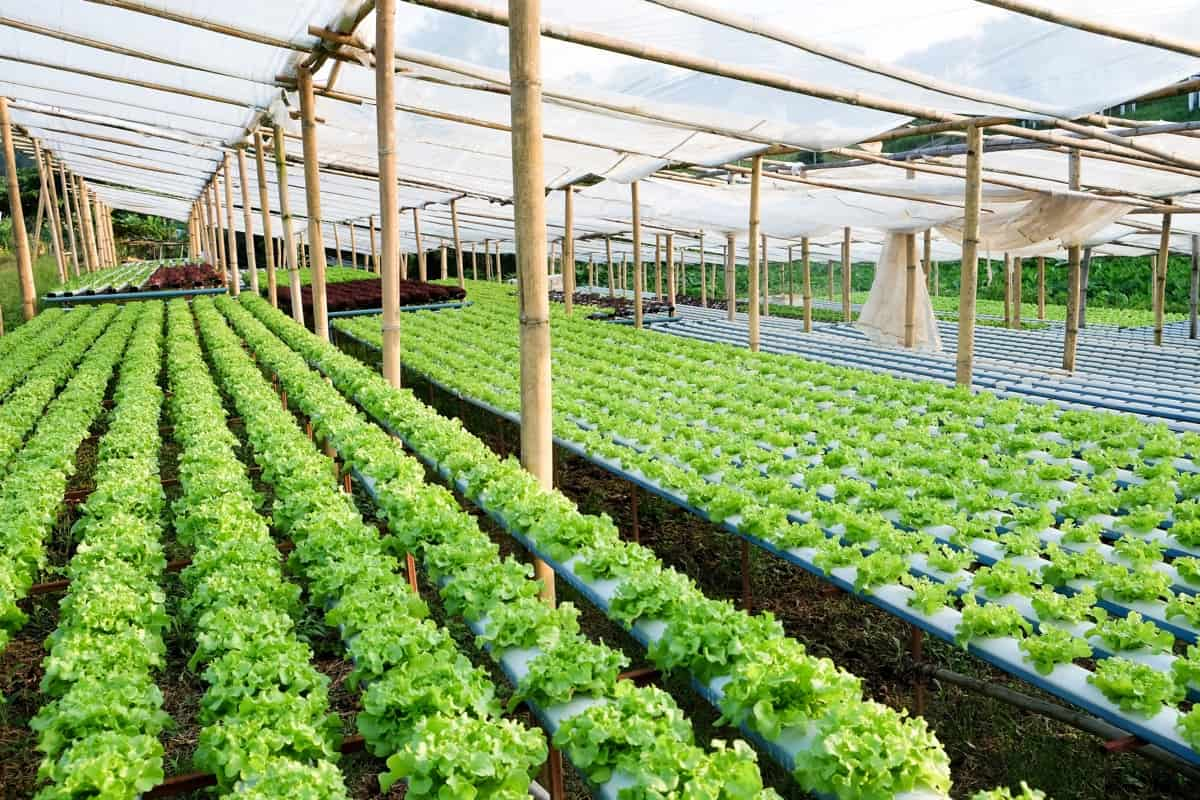
Create a hydroponics farming business plan in Mexico
- It would help if you had a business plan to start a hydroponics farm or expand your existing farming operation. A business plan will help you raise funds, if needed, and plan the growth of your hydroponics farming business to improve your chances of success.
- Research hydroponic farming in Mexico to understand the market potential.
- Develop a business plan that includes financial projections, marketing strategies, and production aspects.
- Select a location for your farm that is optimal for production and has the infrastructure to support your operation.
- Acquire land or lease property in an appropriate location and begin constructing your Farm Facility.
- Hire a team of experienced professionals to help you run your farm, from farmers to technicians.
- Now that everything is set up and licensed, it’s time to build your farm! Start by purchasing or leasing equipment like water pumps, lights, filtration systems, etc. Once everything is in place, start planting.
- To start growing crops using hydroponic methods, you’ll need licenses from the local government and permits from the Environmental Protection Agency (EPA). Make sure you are fully prepared for these requirements before beginning your application process.
- You will need to research the market and develop a business plan. Also need to purchase land and invest in equipment. However, many hydroponic farms in Mexico are already operating, so you can learn from their successes and failures. To learn more about starting a hydroponic farming business in Mexico, consult an experienced consultant.
In case you missed it: High-Tech Farming in India: Policy Framework for Revolutionizing Indian Agriculture
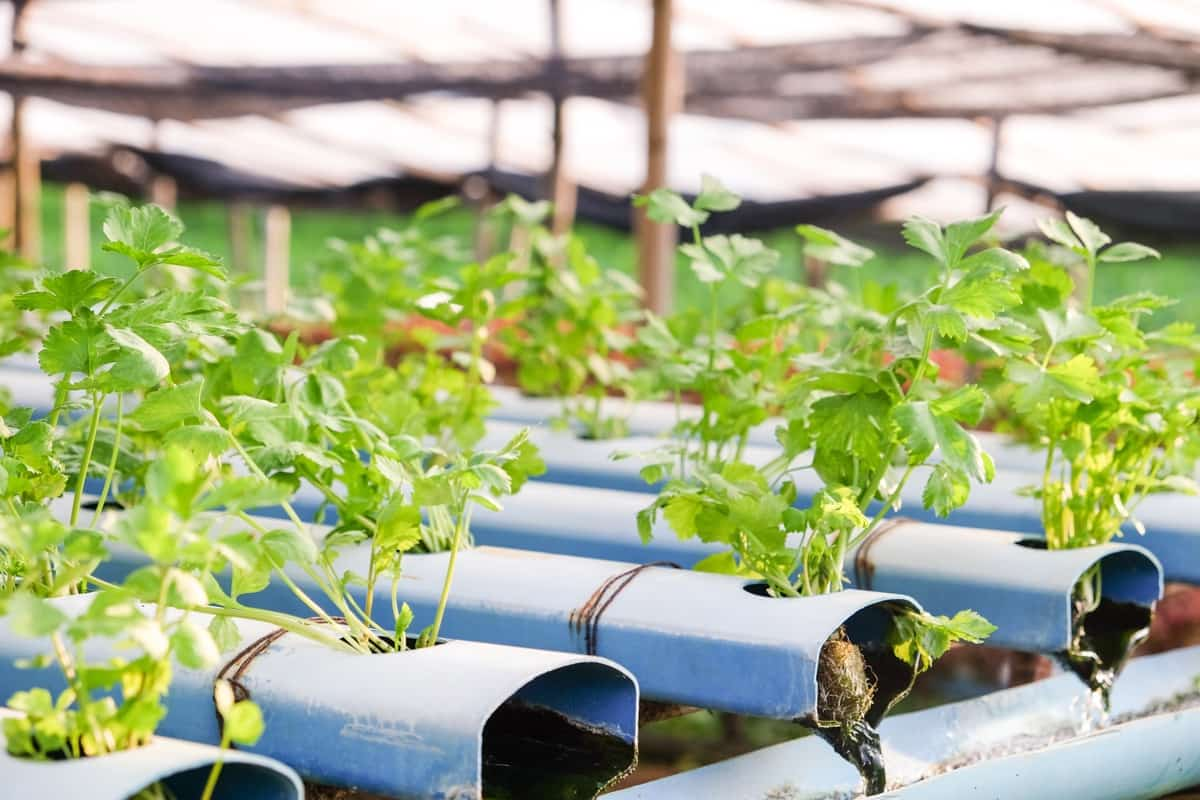
Key rules to start hydroponic farming in Mexico
- Choose the right location for your farm – One of the biggest factors determining your success as a hydroponic farmer is where you locate your farm. Make sure you choose a region with good natural resources and ample sunshine.
- Get started small – It can be tempting to plunge headlong into hydroponic farming, but it’s important to take things slowly and build up your knowledge before committing to a larger-scale operation. Start small by growing vegetables and flowers in containers on your lanai or balcony – this will familiarize you with all the steps involved in growing crops using hydroponics.
- Use high-quality systems and materials – When starting, purchase high-quality hardware and systems for your garden, such as advanced irrigation systems and timers that can accurately regulate watering schedules for plants grown in containers or soil beds.
- Purchase the necessary equipment – To start hydroponic farming, you will need basic equipment, including a water pump, irrigation system, reservoir, monitoring system, and so on. You can buy these items individually or as part of a kit that includes everything you need to get started.
- Plant your crops – Once you have purchased your equipment and started setting up your farm, it’s time to start planting! Hydroponic farmers typically plant seedlings in trays filled with soil or compost before transferring them to large containers filled with water and nutrients supplied through the irrigation system.
Crops suitable for hydroponic farming in Mexico
Hydroponic crops are a great option for farmers in Mexico because of the country’s warm and humid climate. The majority of hydroponic crops in Mexico are tomatoes, cucumbers, squash, peppers, and eggplant. These crops can be easily grown using a hydroponic system. Hydroponic set-ups can be used to grow various fruits and vegetables, and many crops are suitable for hydroponics in Mexico. These crops can thrive in a hydroponic set-up because they do not require much water or fertilizer and are resistant to pests and diseases.
Hydroponic farm set-up cost Mexico
To begin a hydroponic farm in Mexico, purchase land or lease space, construct a greenhouse or other structure to house the plants, and invest in specialized equipment. The start-up cost for a hydroponic farm in Mexico can range from $10,000 to $50,000, but the overall expense depends on the size.
In case you missed it: Cooperatives in Agriculture: Empowering Farmers and Strengthening Local Economies
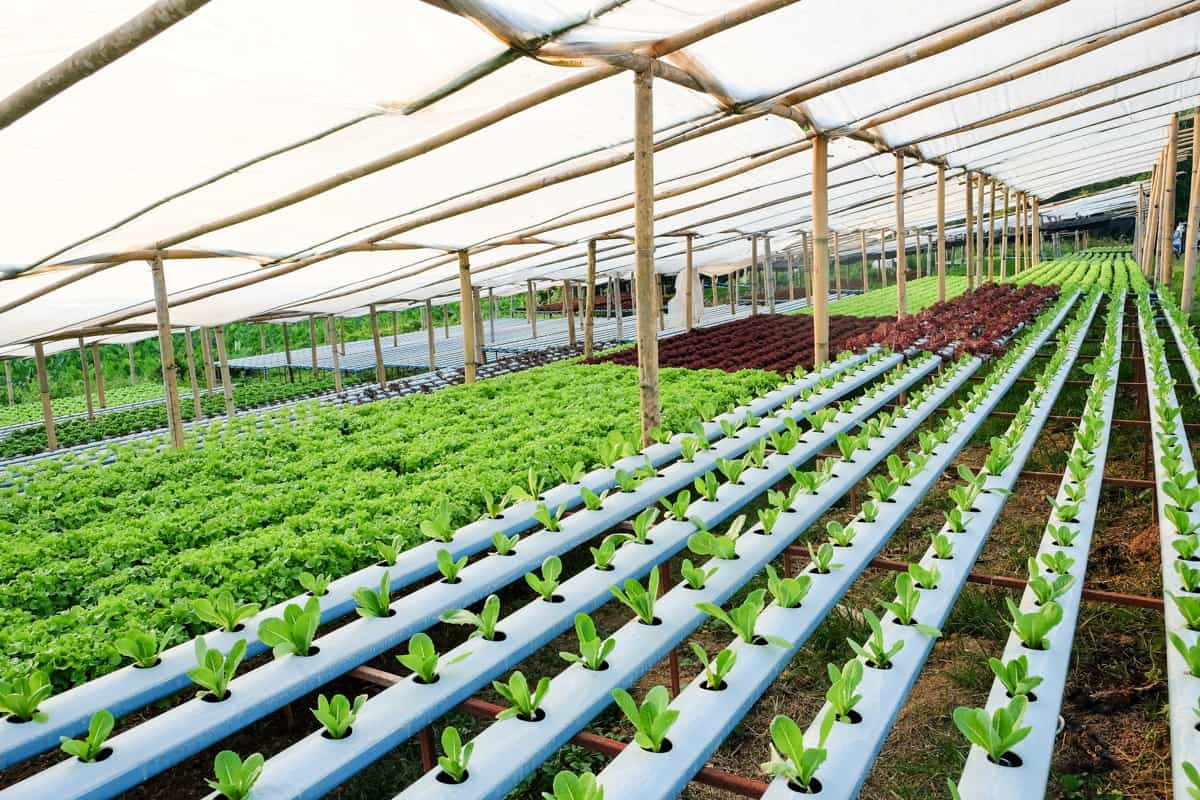
Choose the right hydroponics media in Mexico
Depending on the region and climate, several types of hydroponic media can be used in Mexico. The most common type of hydroponic media is gravel, used in temperate regions because it is easy to transport and provides good drainage. Clay pellets are also popular in Mexico because they provide good aeration and retain moisture well. In hot climates, coco coir is often used as a hydroponic media because it provides excellent drainage and stability.
Different types of hydroponic systems in Mexico
- A Nutrient Film Technique (NFT) system uses nutrient-rich water to cultivate plants on a film of microorganisms that contaminate the water with nitrogen and other essential plant nutrients. These types of hydroponic systems can be large or small, depending on how much equipment is installed.
- Drip watering is another popular method of hydroponic farming in Mexico, and it involves feeding crops water through small holes that drip onto the soil below. This method is less maintenance intensive than other types of hydroponics, but it cannot be easy to get enough water onto the soil at the right time for crops.
- The wick system is the most simplistic hydroponic system, requiring no electricity, pumps, or aerators. In addition, among the different types of hydroponic systems, it’s the only one that can be completely passive, meaning no electricity is needed. In most systems, plants are placed in an absorbent grow medium like coco coir, vermiculite, or perlite, with a nylon “wick” running from the plants into a reservoir of nutrient solution.
Hydroponic farming problems in Mexico
- One problem is that the water used for hydroponic farming is often contaminated. This is because hydroponic farmers often use municipal water supplies that are rife with pollutants. Furthermore, the runoff from these farms can contaminate nearby water supplies.
- Another issue with Mexico’s hydroponic farming is that it requires a lot of expensive equipment. This means that small farmers who want to try it are often unable to do so due to financial limitations.
In case you missed it: How to Stake Your Tomato Plants: With Simple Steps, Step-By-Step Process, Methods, and Different Ways

Hydroponic farming subsidy in Mexico
The Mexican government has offered several financial incentives to encourage the growth of hydroponic farms in Mexico. In addition, the government provides free irrigation infrastructure and technical assistance to existing hydroponic farms.
Hydroponic farming challenges in Canada
- One of the first challenges is the lack of irrigation infrastructure. In many parts of Canada, there isn’t enough water to support hydroponic farming operations. Additionally, some municipalities have banned hydroponic farming due to water usage and pollution concerns.
- The next challenge is climatic variability. Hydroponic farms are particularly susceptible to changes in weather conditions, such as rain or snowfall. This can lead to significant loss of crops or damage to equipment.
- Another challenge with hydroponic farming is pests. The lack of soil means that pests have no place to hide, and they can quickly spread throughout a cropping system. Diseases can also be a problem for hydroponic farms, particularly when they’re not correctly maintained or exposed to new strains of pathogens.
- To overcome these limitations, develop new methods and technologies to make hydroponic farming more accessible to farmers across the country.
In case you missed it: How to Build a Low-cost Pig House: DIY Steps, Barn Design, Shed Requirements, and Cheap Ideas
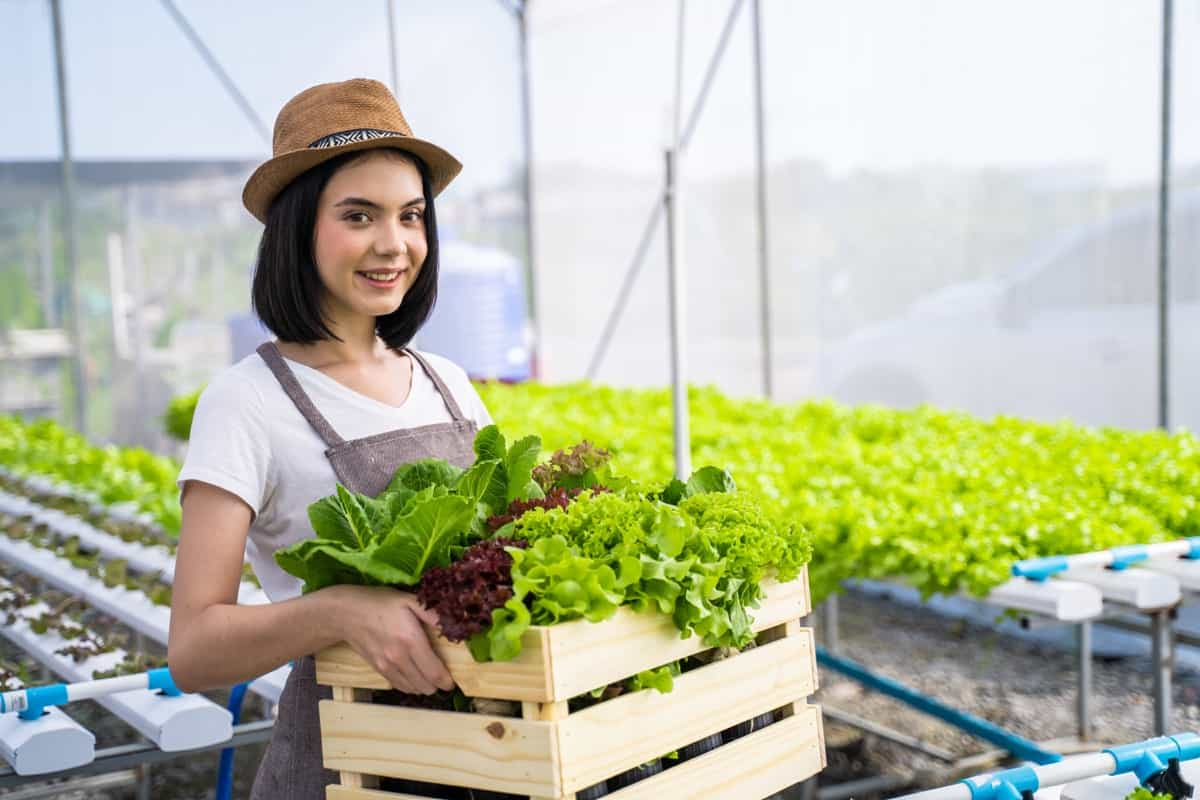
Conclusion
Mexico is one of the world’s leading producers of hydroponic vegetables, and it has excellent potential for expanding its market share. Hydroponic farming is one of Mexico’s most popular methods of cultivating crops, as it uses less water and produces higher yields than traditional farming.
- Types of Pesticides Used in Agriculture: A Beginner’s Guide
- Economical Aquaculture: A Guide to Low-Budget Fish Farming
- 15 Common Planting Errors That Can Doom Your Fruit Trees
- How to Make Houseplants Bushy: Effective Tips and Ideas
- Innovative Strategies for Boosting Coconut Pollination and Yield
- Pollination Strategies for Maximum Pumpkin Yield
- The Complete Guide to Chicken Fattening: Strategies for Maximum Growth
- Natural Solutions for Tulip Problems: 100% Effective Remedies for Leaf and Bulb-Related Issues
- Revolutionizing Citrus Preservation: Towards a Healthier, Greener Future
- Natural Solutions for Peony Leaf and Flower Problems: 100% Effective Remedies
- Maximizing Profits with Avocado Contract Farming in India: A Comprehensive Guide
- Natural Solutions for Hydrangea Problems: 100% Effective Remedies for Leaf and Flowers
- The Ultimate Guide to Choosing the Perfect Foliage Friend: Bringing Life Indoors
- From Sunlight to Sustainability: 15 Ways to Use Solar Technology in Agriculture
- The Ultimate Guide to Dong Tao Chicken: Exploring from History to Raising
- The Eco-Friendly Makeover: How to Convert Your Unused Swimming Pool into a Fish Pond
- Mastering the Art of Delaware Chicken Farming: Essentials for Healthy Backyard Flocks
- 20 Best Homemade Fertilizers for Money Plant: DIY Recipes and Application Methods
- How to Craft a Comprehensive Free-Range Chicken Farming Business Plan
- Brighten Your Flock: Raising Easter Egger Chickens for Beauty and Bounty
- How to Optimize Your Poultry Egg Farm Business Plan with These Strategies
- Subsidy for Spirulina Cultivation: How Indian Government Schemes Encouraging Spirulina Farmers
- Ultimate Guide to Raising Dominique Chickens: Breeding, Feeding, Egg-Production, and Care
- Mastering the Art of Raising Jersey Giant Chickens: Care, Feeding, and More
- Ultimate Guide to Raising Legbar Chickens: Breeding, Farming Practices, Diet, Egg-Production
- How to Raise Welsummer Chickens: A Comprehensive Guide for Beginners
- How to Protect Indoor Plants in Winter: A Comprehensive Guide
- Ultimate Guide to Grow Bag Gardening: Tips, Tricks, and Planting Ideas for Urban Gardeners
- Guide to Lotus Cultivation: How to Propagate, Plant, Grow, Care, Cost, and Profit
- Agriculture Drone Subsidy Scheme: Government Kisan Subsidy, License, and How to Apply Online
- Ultimate Guide to Raising Araucana Chickens: Breed Profile, Farming Economics, Diet, and Care
- Bringing Hydroponics to Classroom: Importance, Benefits of Learning for School Students
- Ultimate Guide to Raising Polish Chickens: Breed Profile, Farming Economics, Diet, and Care
- Ultimate Guide to Raising Australorp Chickens: Profile, Farming Economics, Egg Production, Diet, and Care
- Silkie Chicken Farming: Raising Practices, Varieties, Egg Production, Diet, and Care
- Sussex Chicken Farming: Raising Practices, Varieties, Egg Production, Diet and Care
Wooooow good job